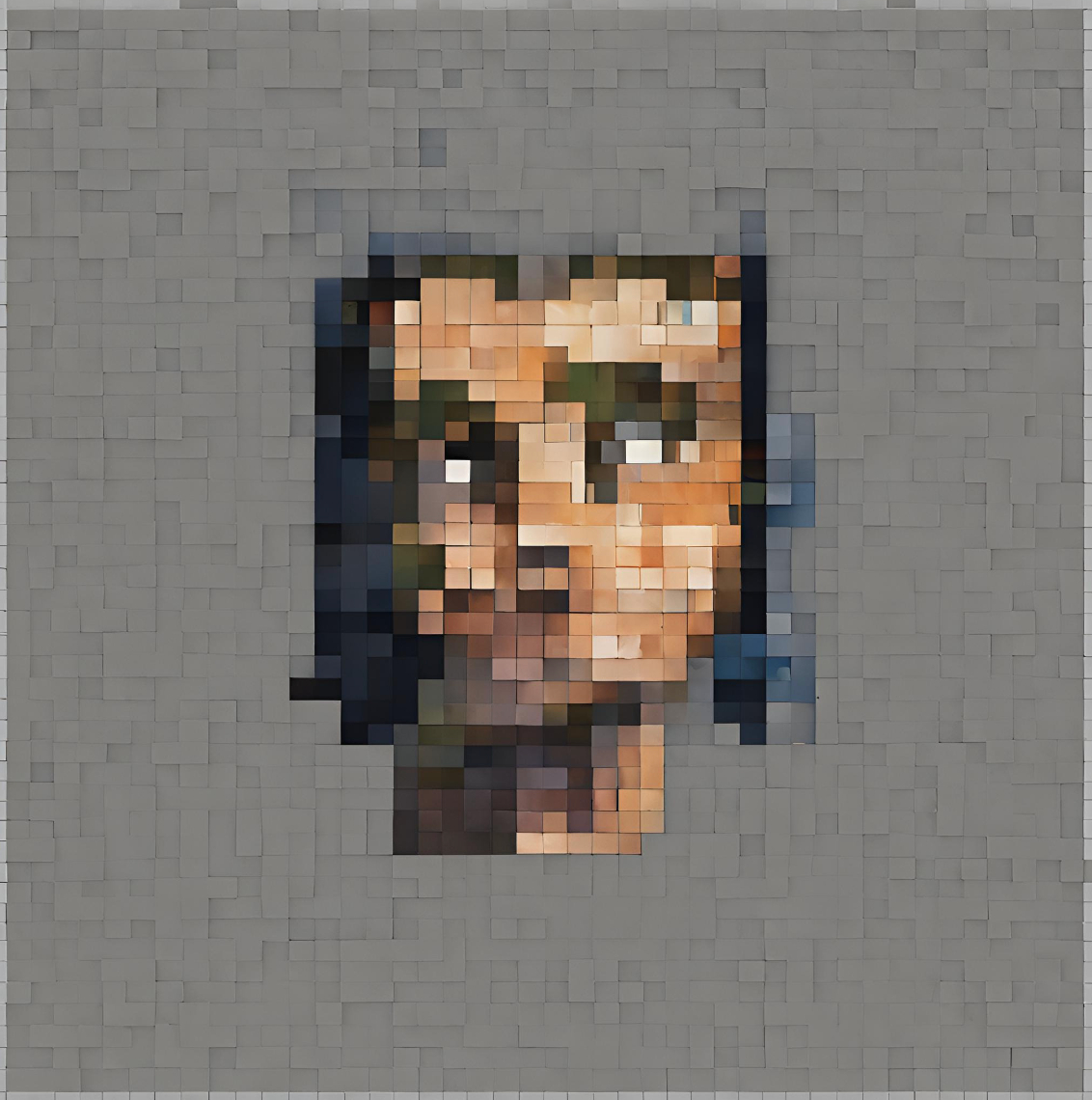Generalized Hausdorff Integral and Its Applications: Multiplication on [0, +∞) × [−∞, +∞]
by
July 17th, 2024
Audio Presented by

Hausdorff's math unveils the beauty in distance and dimension, a world of self-similar wonder.
Story's Credibility

About Author
Hausdorff's math unveils the beauty in distance and dimension, a world of self-similar wonder.